
How did protective hair practices preserve heritage through generations?
Protective hair practices safeguarded textured hair's health and transmitted cultural heritage, identity, and resilience across generations.

In what ways do contemporary textured hair practices connect to historical heritage preservation?
Contemporary textured hair practices actively preserve historical heritage through enduring styles, ancient care rituals, and deep cultural meanings, connecting individuals to ancestral wisdom and resilience.

How did ancient hair traditions preserve heritage?
Ancient hair traditions preserved heritage by embodying cultural identity, spiritual beliefs, and social standing through meticulous care and symbolic styling.

Can modern science validate traditional African hair care wisdom for heritage preservation?
Modern science confirms African hair care wisdom, preserving a rich heritage through shared understanding.
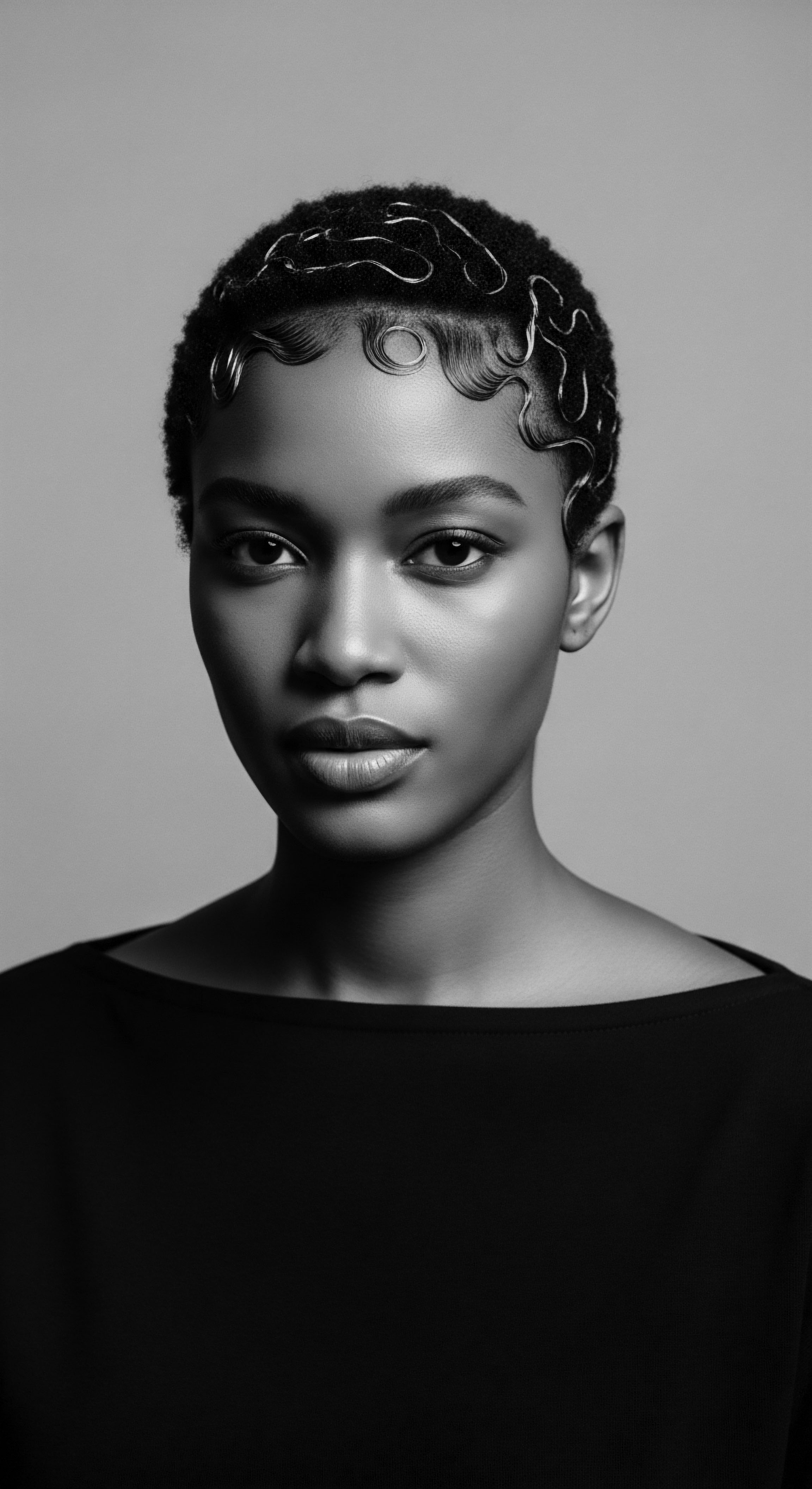
Why is protective styling a form of heritage preservation?
Protective styling preserves heritage by linking modern care to ancient traditions, embodying cultural identity and ancestral wisdom through hair.

What economic impact do women’s shea cooperatives have on heritage?
Shea cooperatives empower women economically, strengthening communities and safeguarding textured hair heritage through ancestral wisdom and collective action.
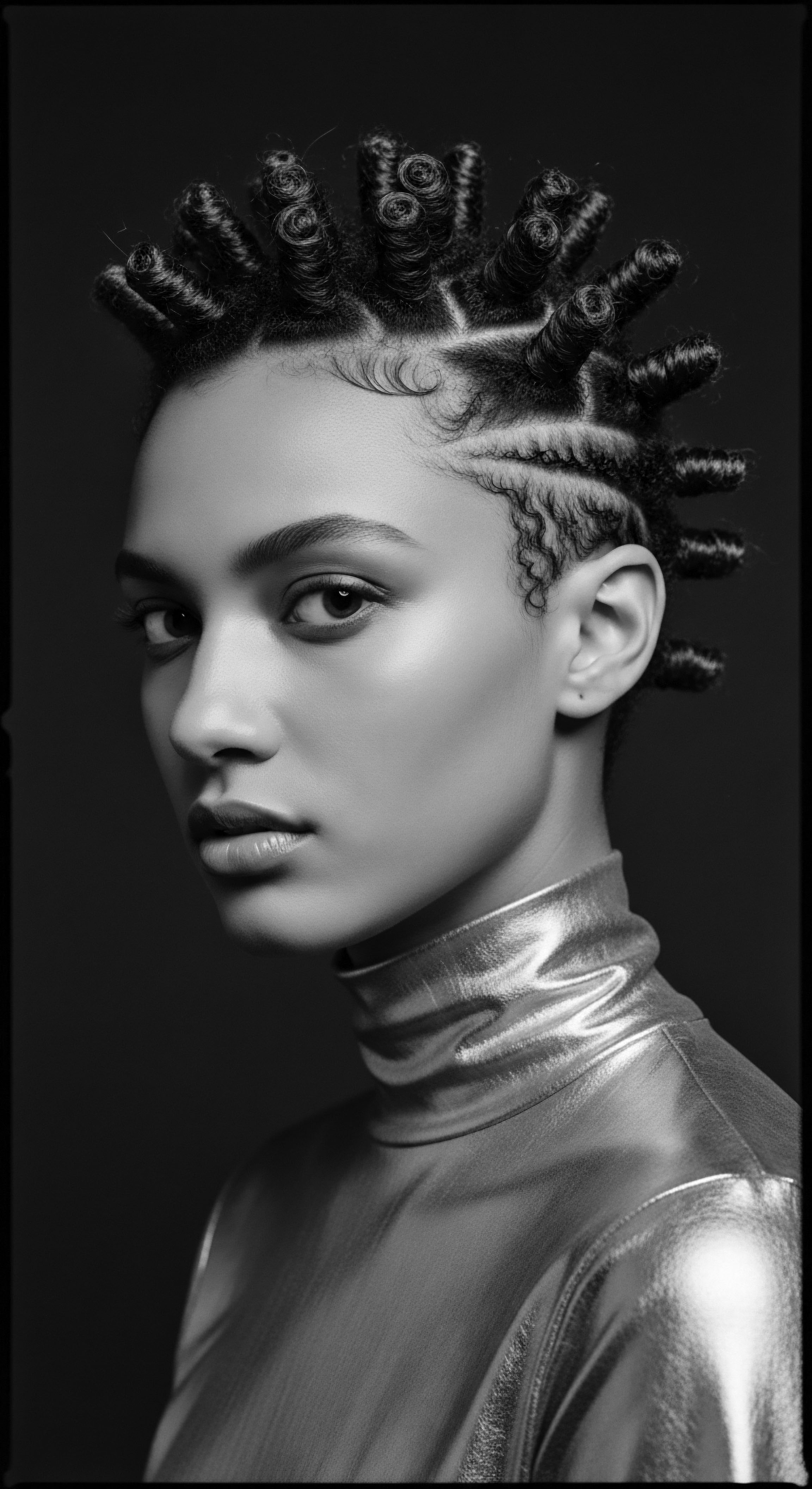
In what ways did oiling hair help enslaved communities preserve heritage?
Oiling hair helped enslaved communities preserve heritage by maintaining health, fostering communal bonds, and enabling coded communication for liberation.

What roles do specific ancestral oils play in cultural identity and heritage preservation?
Ancestral oils anchor cultural identity and heritage preservation for textured hair by nourishing strands and linking to ancient traditions of care.

How did ancient hair practices preserve heritage?
Ancient hair practices preserved heritage by serving as visual communicators of identity, status, and history for textured hair communities.

Economic Terrorism
Meaning ❉ Economic Terrorism, in the context of textured hair, represents systemic actions that devalue natural hair, imposing economic burdens and restricting opportunities.

How did Caribbean hair rituals preserve heritage?
Caribbean hair rituals preserved heritage by ingeniously adapting ancestral African practices for textured hair care, fostering community, and expressing defiant identity.

Mizo Heritage
Meaning ❉ Mizo Heritage is the profound ancestral wisdom and enduring traditions that collectively define the Mizo people's cultural identity and practices.
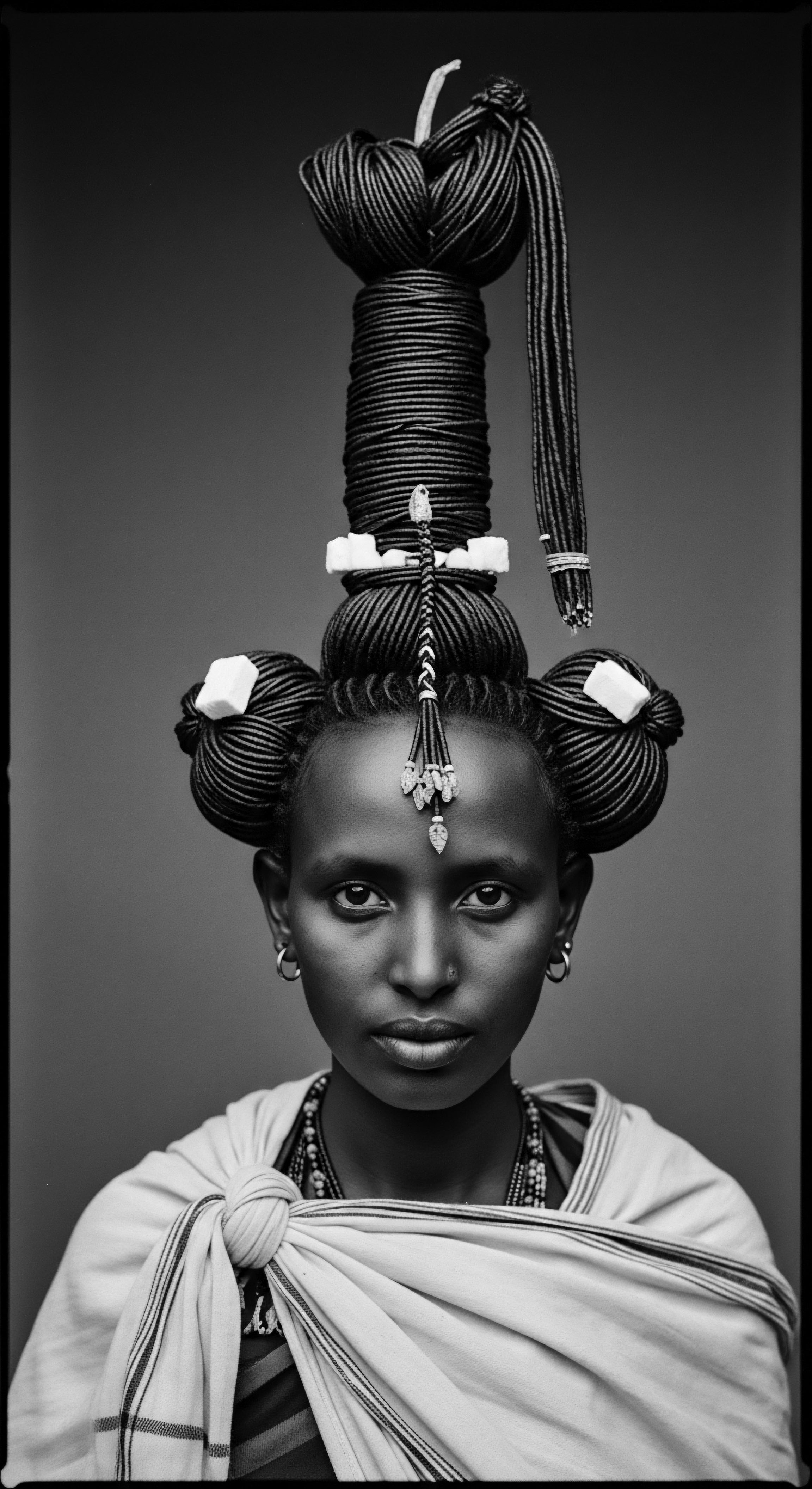
Licensing Barriers
Meaning ❉ Formal and informal strictures that restrict the practice, transmission, and economic viability of traditional textured hair care artistry rooted in ancestral knowledge.

In what ways did colonial practices disrupt indigenous African scalp care rituals and heritage?
Colonialism disrupted African scalp care by imposing foreign beauty standards, suppressing traditional practices, and eroding ancestral knowledge and ingredients.

What is the biological reason for textured hair’s unique qualities?
Textured hair's unique qualities stem from its curved follicle and elliptical shape, a biological heritage deeply interwoven with ancestral care.

How do traditional hair oils continue to empower textured hair heritage?
Traditional hair oils empower textured hair heritage by deeply moisturizing, strengthening, and protecting strands through ancestral practices validated by modern science.

How did braiding protect heritage?
Braiding safeguarded textured hair heritage by encoding survival information and affirming cultural identity against oppression.

How did textured hair adornments preserve heritage during periods of oppression?
Textured hair adornments preserved heritage by serving as clandestine communication, cultural affirmation, and repositories for ancestral knowledge.

How did hair practices preserve heritage during enslavement?
Hair practices, through coded styles and shared rituals, became vital cultural vessels preserving heritage during enslavement.

How did ancestral hair care preserve heritage?
Ancestral hair care rituals preserved textured hair heritage through protective styling, cultural communication, and intergenerational knowledge transfer.
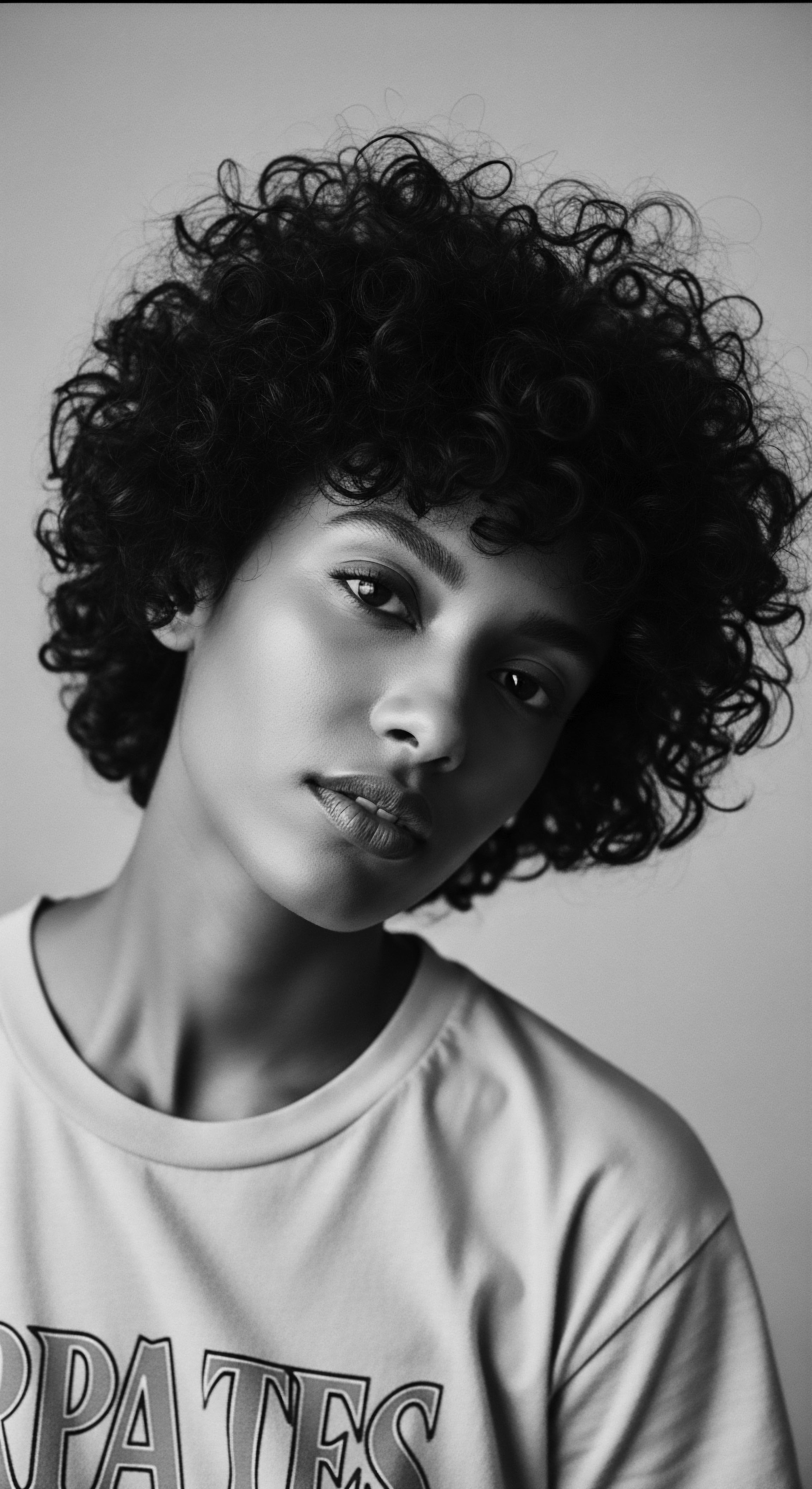
In what ways did enslaved communities use protective styles to preserve heritage?
Enslaved communities transformed hair into a vital tool for preserving heritage, communication, and enduring identity.

How did communal hair rituals contribute to the preservation of heritage and hair health?
Communal hair rituals strengthened bonds and preserved textured hair heritage, health, and cultural identity through shared ancestral practices.

How did ancestral hair care rituals preserve heritage?
Ancestral hair care rituals preserved textured hair heritage by embodying identity, cultural meaning, and collective memory through practices and styles.

Traditional Oil Rituals
Meaning ❉ Traditional Oil Rituals are ancient practices of anointing textured hair and scalp with natural oils, deeply rooted in ancestral knowledge and cultural heritage.
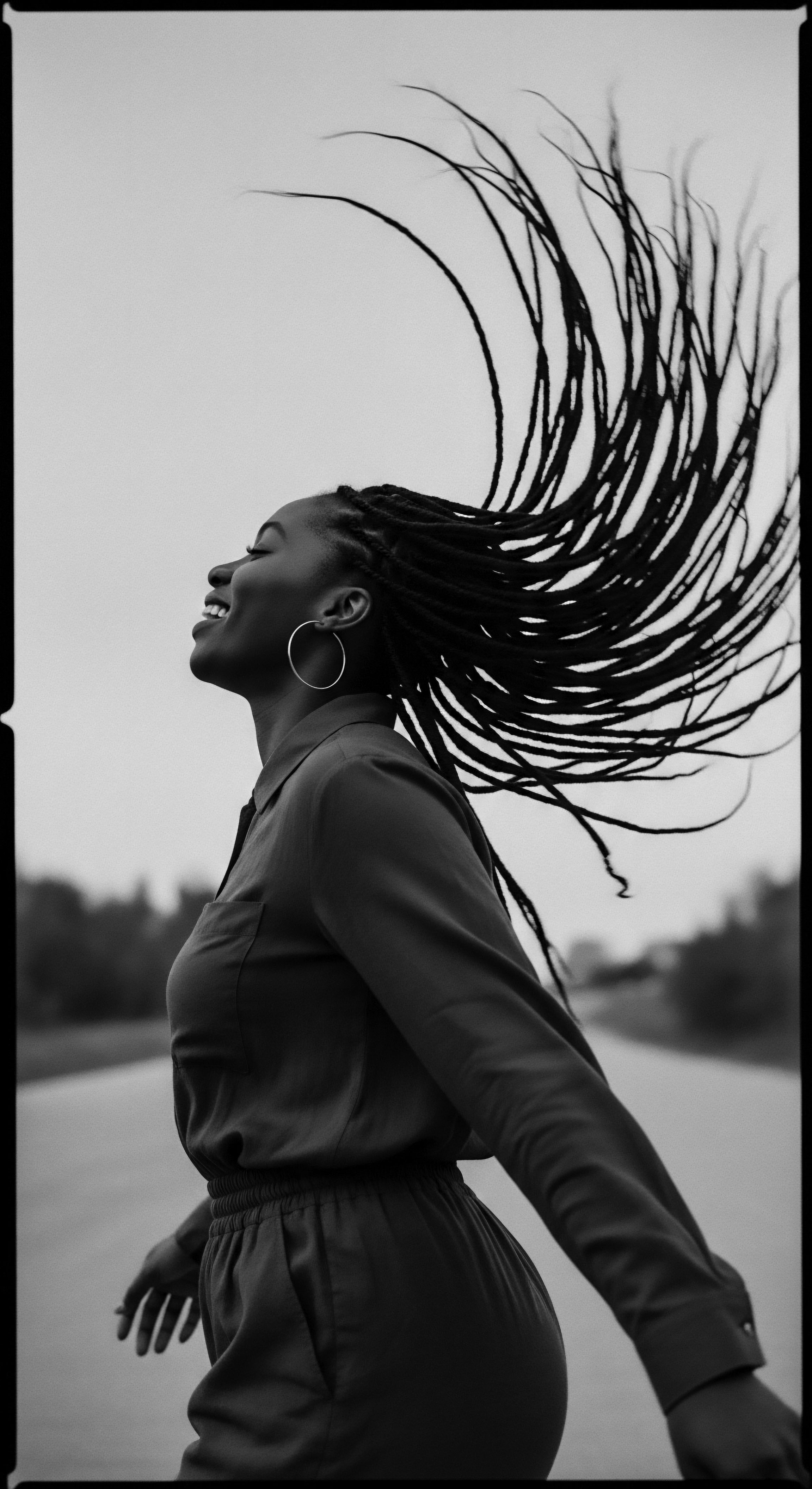
Slave Survival
Meaning ❉ Slave Survival represents the enduring spirit, practices, and identity preserved through textured hair amidst the dehumanizing conditions of slavery.
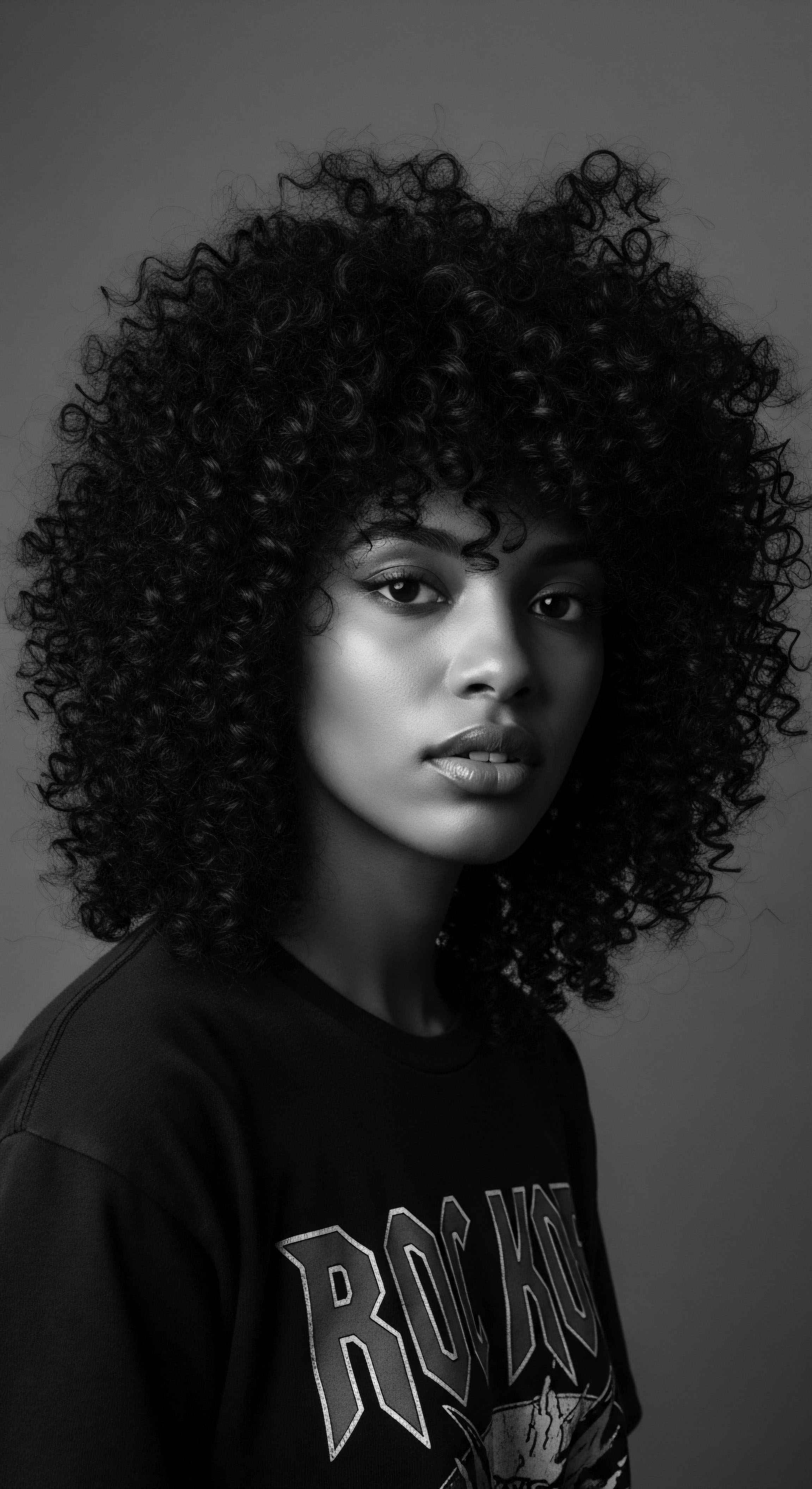
Can hair adornments be a form of cultural resistance and heritage preservation?
Hair adornments stand as enduring symbols of cultural resistance and the preservation of textured hair heritage.

